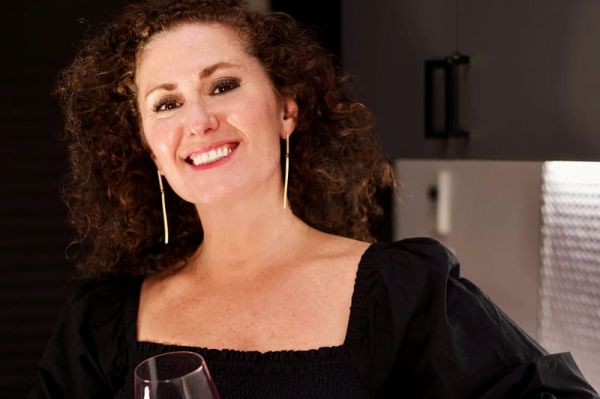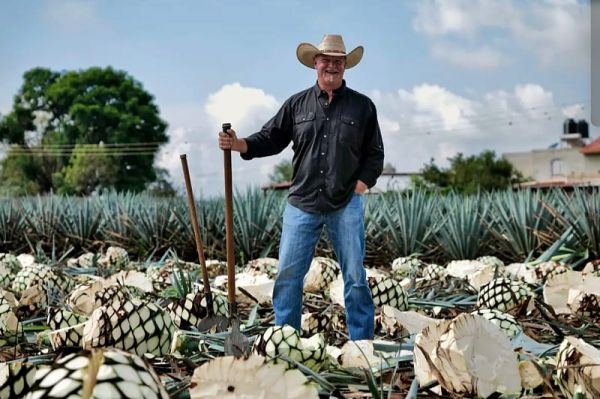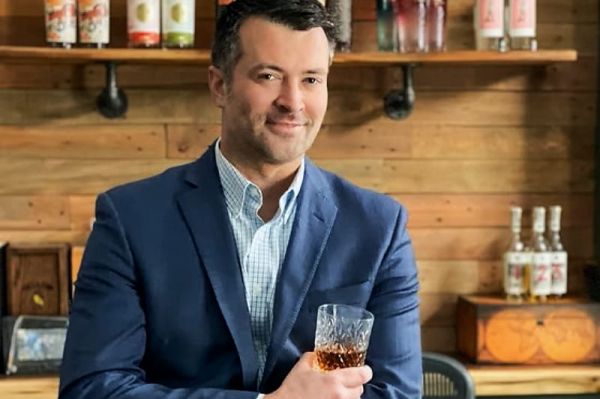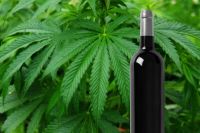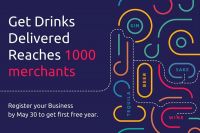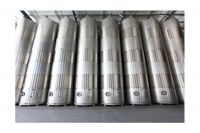Log in to your account
Lost password?Sales and Marketing
Five Secrets to Product Innovation in Retail
Innovation goes beyond creating an exciting new beverage product; it’s also necessary to get a brand into retail channels and help it succeed once it’s on shelves.
10/04/2017
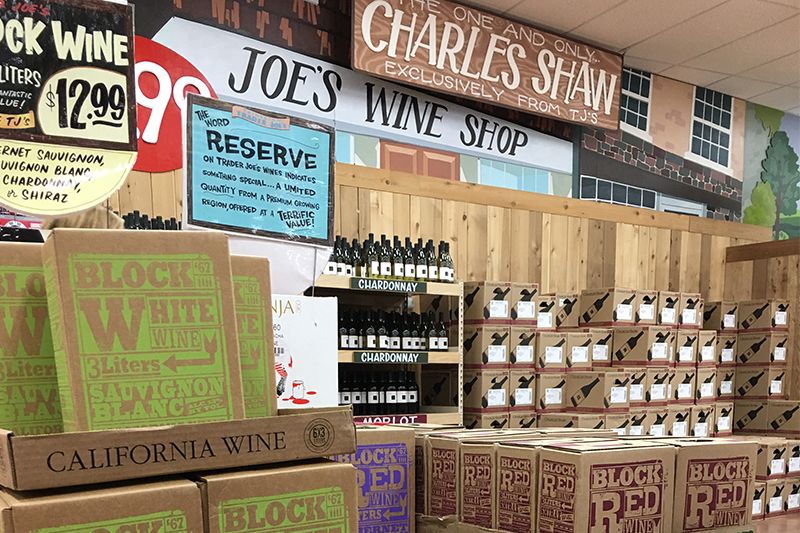
Brash, bold, and fresh: beverage innovators are constantly working to create new products that will capture customers’ attention and spark their imaginations. How can they bring that innovation into retail stores – both in terms of getting their product on the shelves in the first place, as well as giving it the best chance for success once it’s there? These five secrets to product innovation in retail will help beverage entrepreneurs get a leg up as they’re looking to branch out and move into the big leagues.
1. New Products Are the Lifeblood of Retail
When people think of retail success in the beverage industry, they think of huge brands and well-known products. Beverages like Bud Light beer and Robert Mondavi wines are strongholds that drive the numbers. While this is true, in order to drive and propel growth, retailers need new products. These generate buzz, bring new customers in and create interest among longtime customers, and help those numbers grow.
In most retail chains, beverage categories are managed on a 52-week cycle. When those categories are refreshed, managers start looking for new products to test out. These category refreshes are ideal times for beverage companies to get a foot in the door with their new product. Before doing so, however, it’s important to be prepared.
2. Back Your Product with Info
It’s always ideal if a new product has been tested in an incubation channel before moving on to national retail chain stores. This way, there are defined ideas and numbers around the space in which the product belongs, its overall opportunity, as well as growth rates.
When company leaders make a pitch to a retailer, they need to be prepared to clearly answer the following questions: At what retail outlets is the product currently being sold? What are sales numbers currently being achieved at these stores? Who is the product’s target customer? Why do they absolutely need this new product? What problem will it solve for them? Is it a product that appeals to a specific ethnography or income level? Will it be a regional product or does it have the potential to go national? Does the product have the potential to reach the required sale target levels in the new retail stores?
Why is this product different than all the rest?
3. Large Retailers Want New Products to Succeed
If a retailer agrees to give a new product space in its shelves and display cases, they really want to see it succeed. Why? Of course, it helps drive their bottom line and grow their company’s profitability. However, having successful products also pleases their customers, and retailers are endlessly focused on customer satisfaction.
For this reason, many chains are willing to go the extra mile to help new products succeed. Some retailers will work with brands to help them hone new product types and ramp them up, push the numbers, and gain success. Some large retailers even co-create products with companies.
To be certain they have the right products lined up, retailers engage in market tests. This helps them better understand exactly what their customers are looking for. That way, when they see a new product, they’ll know how it meets their customers’ needs.
Once the product is in the store, a successful and driven retailer will educate their sales associates about the product and why it’s being brought to market. In turn, they’ll be able to educate the customer and encourage them to give it a try. Retailers will also implement marketing and POS programs for new products, from placement within the store, messaging and communication inside the store, as well as out-of-store advertising that includes traditional media, as well as social media.
Once a product has achieved success in a limited number of stores, if it has the potential to be a national brand, retailers will want to expand it and stock it in as many stores as possible. To do this, they will want to ensure that the company has the manufacturing and distribution capacity to make it happen.
At the end of the day, decisions made during a category review are not made lightly. If a store makes room on its shelves for a new product, it’s shifting another product out the door 1in order to do so. This means that the retailer truly wants to see the new product succeed.
4. Sometimes, More Stores Doesn’t Equal Better
Many companies are overly focused on developing a broad customer base. While this is a worthwhile goal eventually, for a startup, it’s best to prove one’s mettle while starting smaller. Beverage entrepreneurs would do well to focus on a specific customer base at specific retail outlets and consider how their product will appeal to them.
Startups also typically lack the manufacturing capacity and distributor relationships to expand at a rapid rate nationwide. Retailers are aware of this, and large chains will typically want to test a product in a small number of stores – maybe 80 or 120 to start – to do a test run. This gives them and the beverage company the chance to work out the right merchandising, perfect product placement, as well as figuring out the best price range for the product.
5. Today’s Customers Are Different
Another secret to driving innovation in retail? Understanding the modern retail customer. While there are different demographics of shoppers depending on geography, age, income, and lifestyle, today’s shoppers do tend to share some common denominators.
First, today’s retail customers are connected 24 hours a day, 7 days a week. They’re always on the internet, either via their computers or smartphones. This makes the modern consumer a more educated one. It also means that they’re more easily reached by advertising via e-mail or social media and are likely to use apps developed by their favourite brands.
Another important factor about today’s shoppers is that they’re consolidating their shopping trips. Overall shopping trips in the U.S. are down by around 4% in the previous year, yet the number of shoppers that visit five or fewer stores to get all they need is up 17%. This means that shoppers are more likely than ever to pick up a six-pack of beer at a convenience or retail chain than they are to visit a speciality shop. Having a selection available at the place they choose to shop is important to them.
Knowing and understanding these five secrets will help beverage entrepreneurs better position themselves to get their product into retail chains – as well as positioning their products for success once they hit retail channels.
Brash, bold, and fresh: beverage innovators are constantly working to create new products that will capture customers’ attention and spark their imaginations. How can they bring that innovation into retail stores – both in terms of getting their product on the shelves in the first place, as well as giving it the best chance for success once it’s there? These five secrets to product innovation in retail will help beverage entrepreneurs get a leg up as they’re looking to branch out and move into the big leagues.
1. New Products Are the Lifeblood of Retail
When people think of retail success in the beverage industry, they think of huge brands and well-known products. Beverages like Bud Light beer and Robert Mondavi wines are strongholds that drive the numbers. While this is true, in order to drive and propel growth, retailers need new products. These generate buzz, bring new customers in and create interest among longtime customers, and help those numbers grow.
In most retail chains, beverage categories are managed on a 52-week cycle. When those categories are refreshed, managers start looking for new products to test out. These category refreshes are ideal times for beverage companies to get a foot in the door with their new product. Before doing so, however, it’s important to be prepared.







